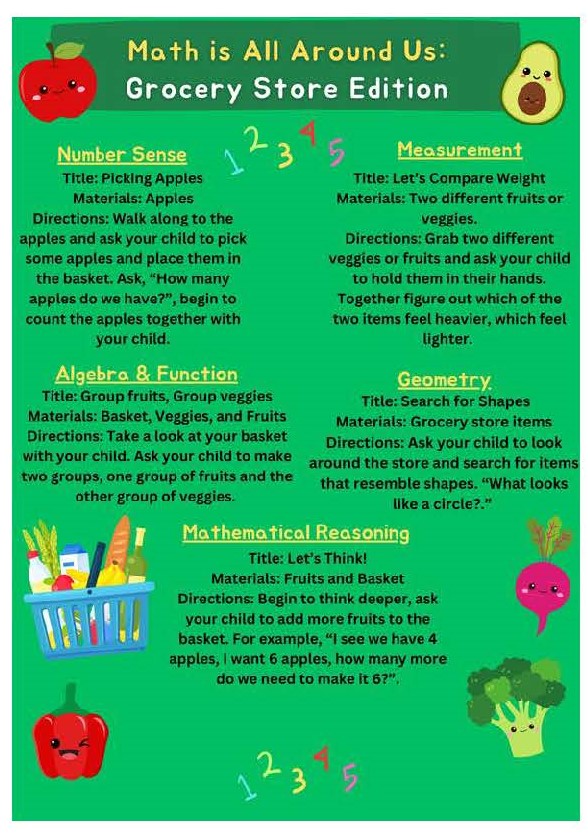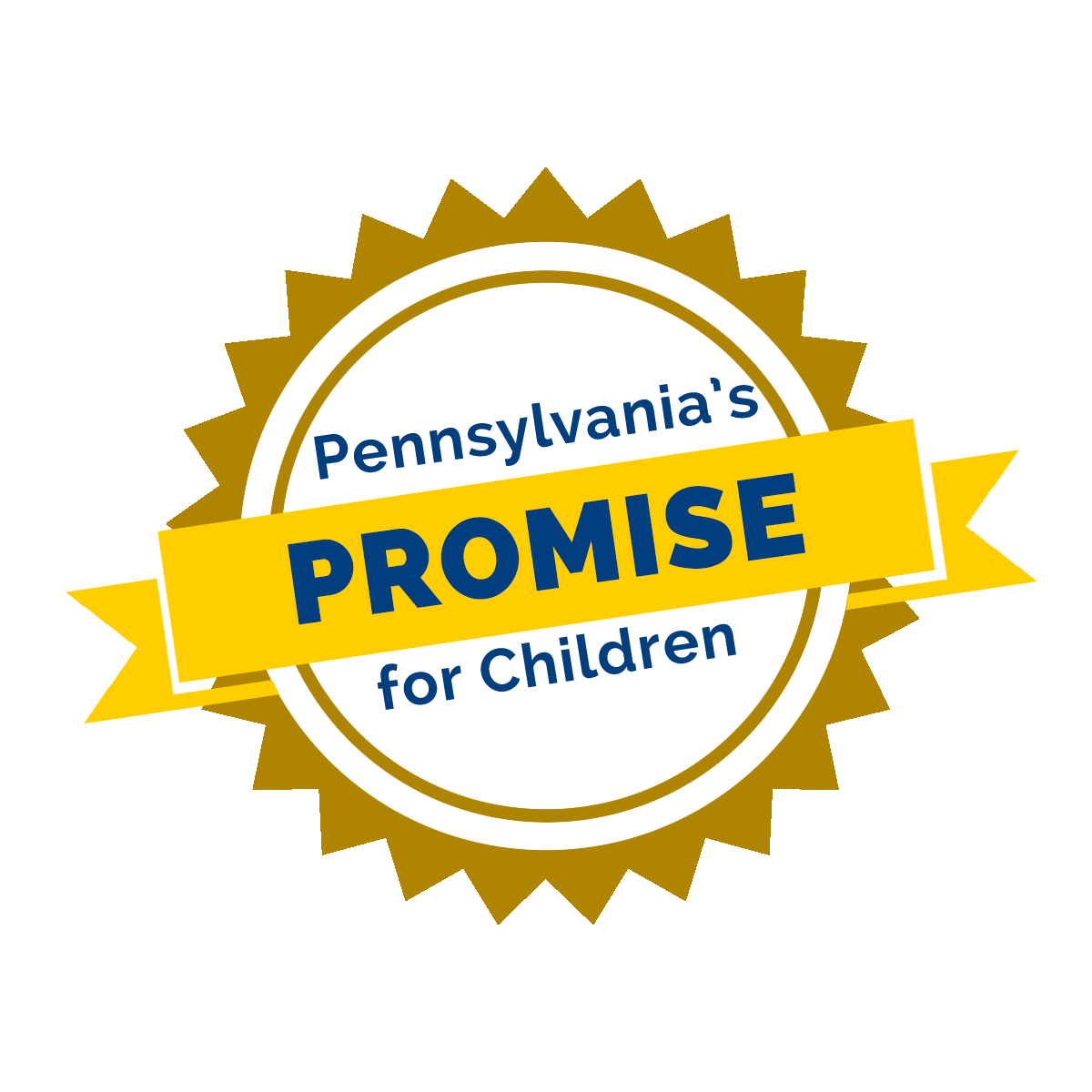
Submitted by Kyoka Hashimoto, Donnachris Macaspac, and Camille Catlett
Recent efforts demonstrate how professionals are working from one end of the country to the other to support our nation’s young children and the professionals who work so hard in supporting their littlest learners. We all know and love the PA Office of Child Development and Early Learning’s (OCDEL) Learning is Everywhere Activity Guide, right? But have you ever thought about how this brilliant approach to supporting learning and development in everyday settings and scenarios could inspire current or future early childhood educators?
Kyoka Hashimoto and Donnachris Macaspac, faculty members at Miramar College in San Diego, California, had an idea as part of their work on the PIPELINES project. What if they used the activities in Learning is Everywhere to inspire ways in which their students could help families to support math learning? They thought using these activities could encourage students to find creative ways to incorporate math learning in real-world scenarios and make math learning more relevant.
Here’s what happened.
Students in an early childhood course read about, discussed, and explored the foundational concepts of math (e.g., measurement, geometry, subitizing).
Students in the same course discussed supports and adaptations for individual young learners (e.g., simplification, adaptation, peer support). This promoted commitment to addressing the diverse needs of children but also fostered conversations about collaborative and inclusive learning environments.
Students then completed the Math Is All Around Us assignment that required them to create a flyer to support children to learn foundational math concepts in a specific setting (e.g., on a nature walk, in a grocery store). This hands-on and practical approach encouraged creativity, critical thinking, and the application of theoretical knowledge to real-world scenarios.
The result? It’s heartening to know that the students came up with marvelous examples for how math concepts could be explored in many and diverse settings. They prioritized ways in which to demonstrate that math isn’t intimidating and that, in fact, part of what happens every day is important in fostering a positive attitude towards mathematical thinking.
The benefit? The students, most of whom work in early childhood settings, shared that their program directors were eager to share their flyers with all the program families. Students also reported that this was a relevant and immediately useful product! This speaks volumes about the relevance and immediate usefulness of this assignment. It seems like this approach not only benefits the students themselves but also has a positive impact on the wider early childhood community.
Next steps and variations: Think about adaptations that support math learning for children with different home languages, abilities, and interests. By incorporating these adaptations, the initiative can become even more inclusive, ensuring that math learning is accessible and engaging.
Questions about the PIPELINES project? Contact Camille Catlett, Senior Technical Assistance Specialist, Frank Porter Graham Child Development Institute, at camille.catlett@unc.edu.
